I first came to the sprawl of Santiago, Chile, in 2012. It’s a city whose European-styled neighborhoods, broad and tree-lined boulevards, and shimmery glass skyscrapers seem to stretch endlessly in all directions; and yet from a distance it’s completely dwarfed by the imposing and snow-coated Cordillera of the Andes that tower overhead. I confess that on my first visit to Santiago, the city seemed to be in the midst of an identity crisis, especially when it came to its food.
Except for the bounty of the La Vega and Central Markets, the restaurants I visited seemed to prioritize and popularize non-Chilean food. Peruvian food, sushi and Chinese food were all the rage. Aside from street food—completo hot dogs, mote con huesillo, empanadas—pride for national cuisine seemed in short supply. Even the high-end restaurants were very Euro-centric. The food was extremely fresh, taken right from the ocean a mere hour and a half away or the nearby farming valleys, but I had a difficult time getting a sense of what Chilean cuisine actually was. What defined it? What made it special?
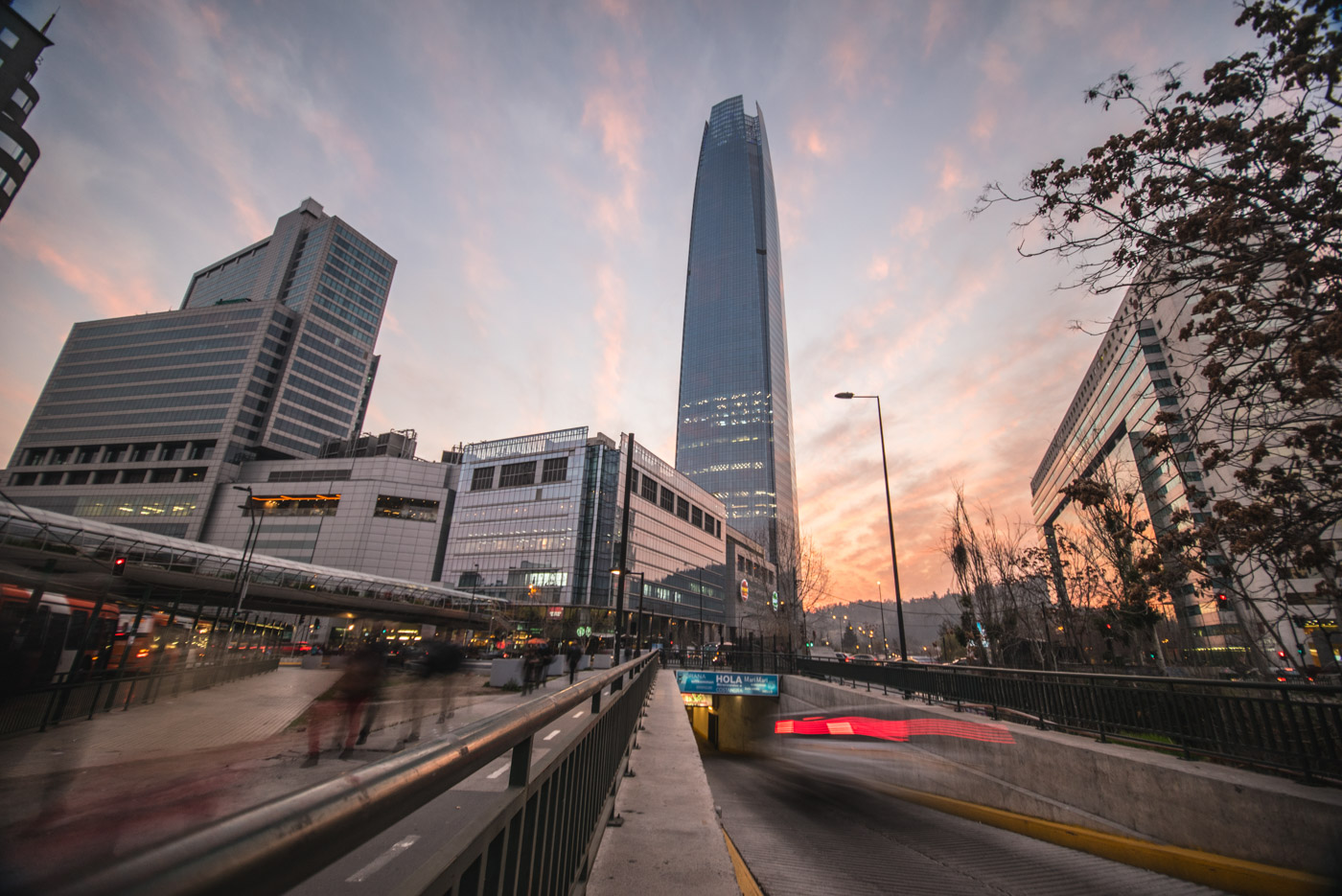
Of course, this was just the opinion of a visitor. But it was enough to eschew my view of the city so much that when I moved to Chile in 2015, when choosing where I wanted to live, I only knew that I did not want to live in Santiago. But when I started commuting there for work and would explore or stay the night with friends, I noticed something: the city was waking up. It was finding its sound, its rhythm, its flavor.
Santiago chefs, many of whom moved abroad to study at the food capitals of the world, were coming back home wanting to showcase the treasures of Chile’s culinary heritage—its abundance of fresh, local ingredients wholly unique to this country and its varied topographies. Mixologists were opening sultry, moody bars with craft cocktails. Exciting new eateries were popping up left and right in the barrios of Providencia, Vitacura, Lastarria and Bellas Artes. These restaurants started getting accolades, landing on Best in South America, and even Best in the World lists. Chilean patrons—normally very conservative eaters—began getting on board.
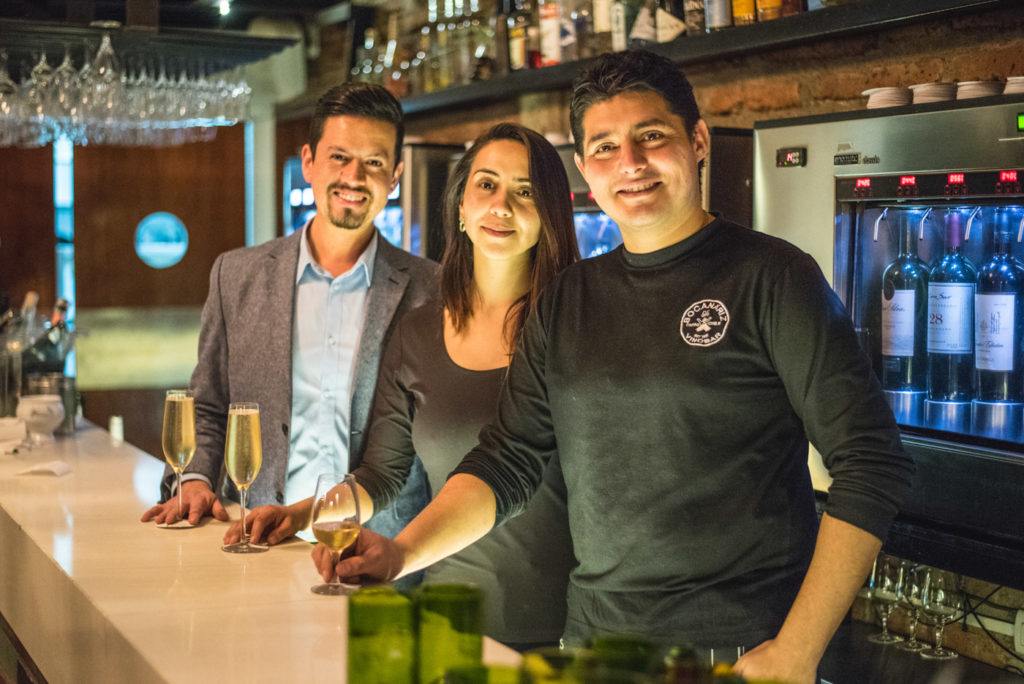
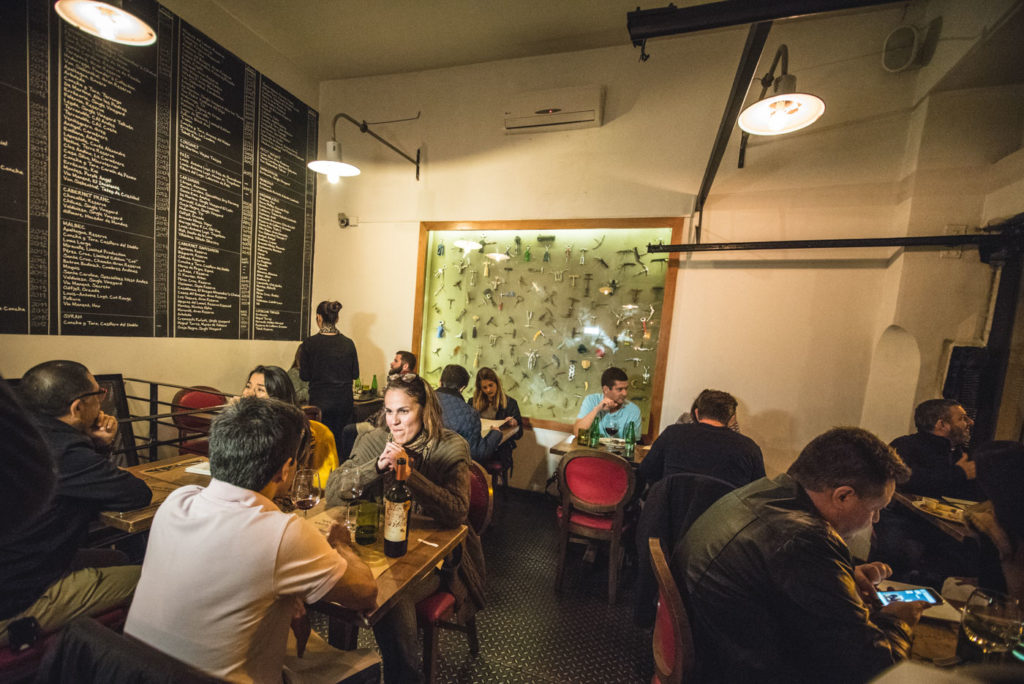
—
BocaNariz
José Victorino Lastarria 276
Santiago, Región Metropolitana
It may be hard to believe, but for the longest time, Santiago—located mere hours from prime Chilean wine country—did not have many places to showcase the rich bounty of wine for which the country is world-renowned. Luckily, BocaNariz came along; and many other fine wine bars have followed suit.
Located in the chic Lastarria neighborhood, BocaNariz is the stylish, minimalist wine bar of your dreams. The space is subdued but classy, allowing for more attention to be paid to the main event: the wine. With a three hundred-bottle wine cellar and an extensive by-the-glass listing, the wine flights are the menu stand-outs, comparing different wine regions, varietals and more. In a country like Chile that has many wine-growing regions, the ability to taste your way up and down the country in just a few sips is a gift.
—
Borago
Nueva Costanera 3467, Vitacura
Santiago, Región Metropolitana
Borago opened in 2006, and after struggling for the first few years, it soared to (g)astronomic heights, its gorgeous and inventive tasting menus rooted in natural Chilean flavors and ancient cooking techniques inspired by—and in homage to—Chile’s indigenous tribes, particularly the Mapuche.
Like many other Chilean chefs, Rodolfo Guzman honed his craft working in European restaurants before coming home to showcase the flavors of Chilean terroir, which he’s traversed extensively with his team learning about its ingredients. The food here is sourced with the help of a small army of collectors and foragers (the team also goes once a week to forage) who comb the mountains, forests and coastline of Chile for natural, seasonal ingredients. The results are powerful, pure Chilean essence: rica rica flowers from the Atacama desert, venison from Patagonia, and seaweed from the coast, for example.
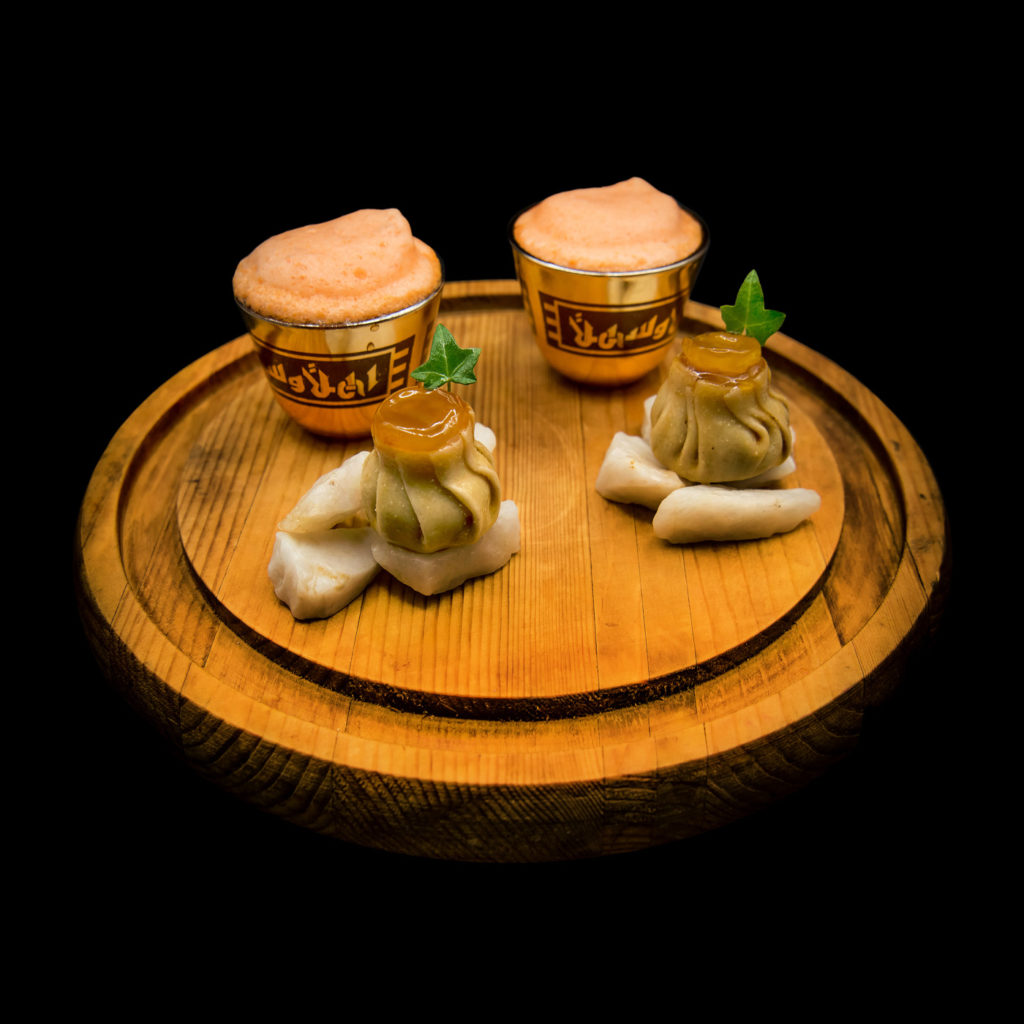
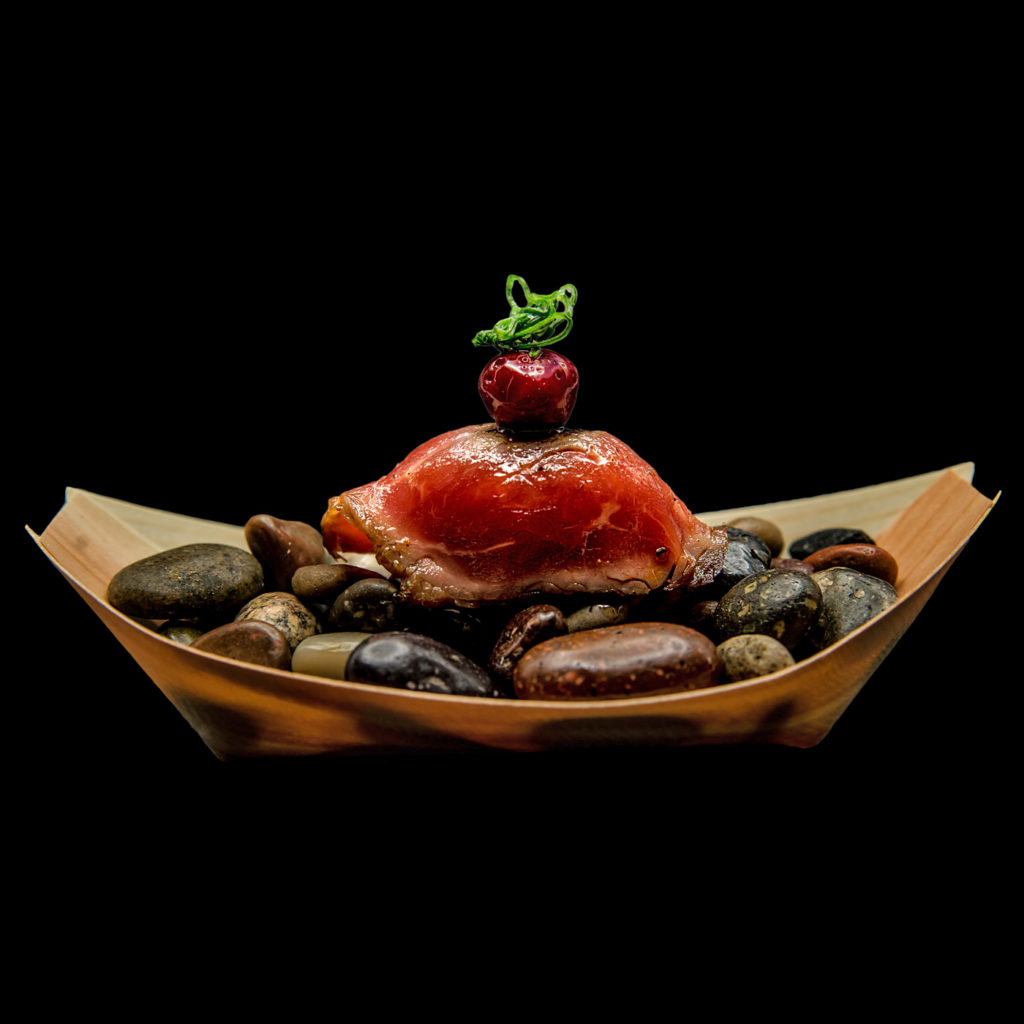
—
Restaurant 040
Antonia López de Bello 40, Recoleta
Providencia, Santiago
Walking up to Restaurant 040, I had to pause to confirm the address. There was no sign, no plaque, nothing hinting at what lay beyond the sleek art deco doors. But inside is a chic restaurant that serves some of the most exciting and creative haute cuisine in Santiago.
Spanish-born head chef Sergio Barroso had his teeth cut at the legendary El Bulli and Denis Martin, and his tasting menus, which largely feature Chile’s fresh seafood like sea urchin and mollusks, balance the technicality and spectacle of molecular gastronomy with Chile’s earthy, grounded flavors and ingredients. A prime example is his “Vuelve A La Vida,” which is a dollop of oysters and assorted mariscos placed inside a puff of sugar foam you need to squeeze into a tiny ball to eat. The food is high-minded yet fun, serious yet playful, requiring you to get your hands dirty and viscerally engage with the meal (there are no utensils; you eat with your fingers and wash in a tiny bowl of warm water).
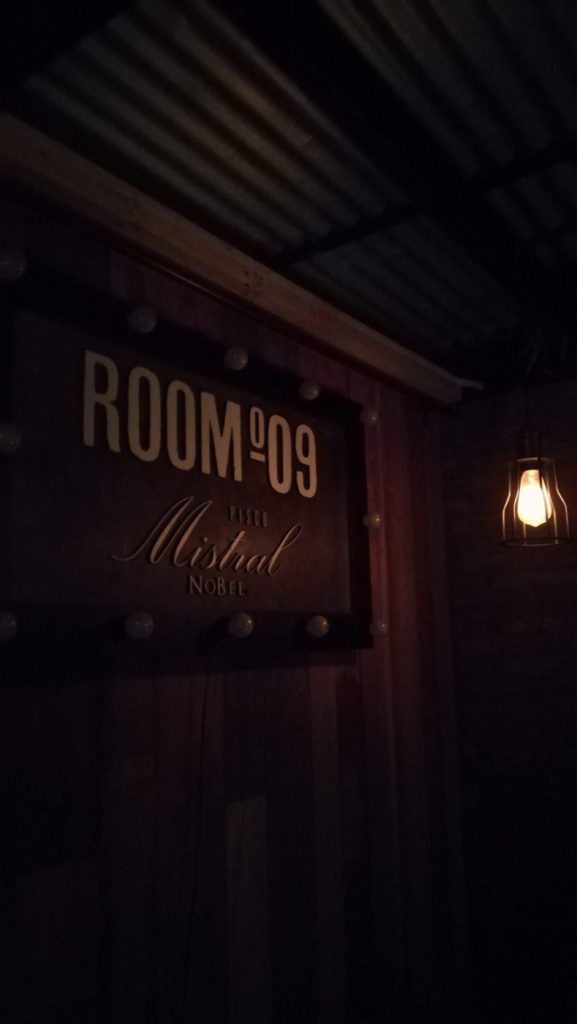
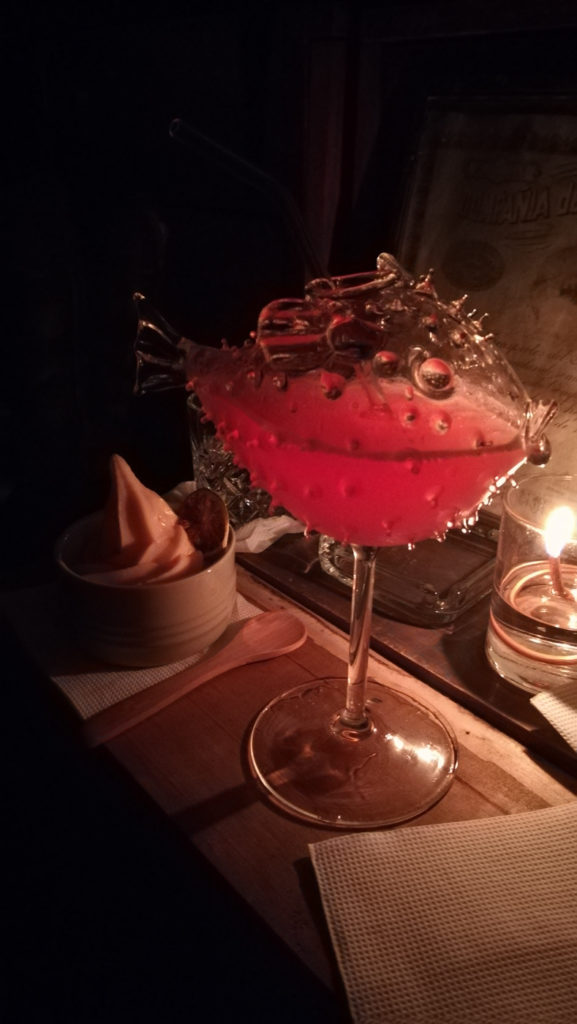
—
Room 09 Speakeasy
Antonia López de Bello 40, Recoleta
Providencia, Santiago
There are only two ways to get into this hidden rooftop bar: have dinner at Restaurant 040 or be a member. With no street entrance, diners at the restaurant enter via a hidden door at the end of a hall and then take an old-fashioned elevator (which was brought from Chicago) up to this jazzy Prohibition-inspired speakeasy bar, whose plush couches and barstools look out on Santiago’s funky Bellavista neighbor and San Cristobal Hill. Smooth jazz plays in the background while stylish waiters whisk back and forth ferrying cocktails that smoke, ice cream cocktails, cocktails that come in a glass that looks like a pufferfish, and cocktails with names like Sinatra, Sherlock Holmes and Baby Face. For those looking to indulge more than one vice, you can also peruse a humidor of cigars.
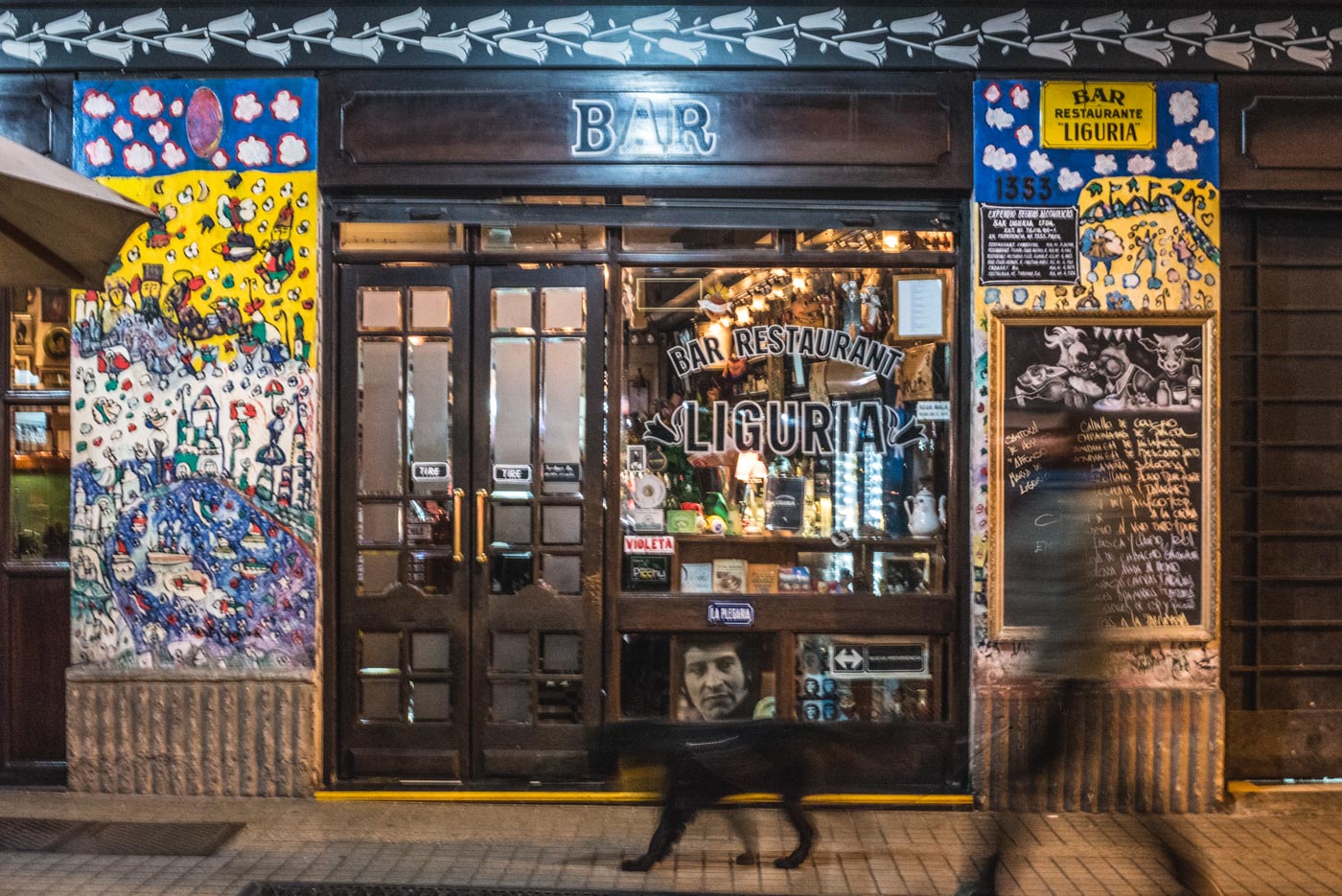
—
Liguria
Av. Providencia 1353, Providencia, Santiago
Región Metropolitana (original location)
To go where the locals go (or, as they’re known here, Santiaguinos), go to one of the three locations of this Santiago institution (the original and busiest is on Manuel Montt in Providencia), where authentic Chilean cuisine and an incredibly well-rounded bar menu keeps everyone sated and happy.
At this upscale gastropub, frilly or highbrow is not on the menu, just classic Chilean fare—hearty sandwiches like the barros luco; or fried fish with chile, tomatoes and onions served in a marraqueta bun; or shareable appetizers like razor clams with parmesan cheese. Wash it all down with your choice from the extensive drink menu, which features Chilean wines from Carmenere to Sauvignon Blanc (and some you wouldn’t expect, like gewurztraminer) to the quintessential aperitifs, pisco cocktails, Chilean craft brews, and seasonal drinks like cola de mono (a traditional Christmas beverage that tastes like Bailey’s). The design and decor even feels like that of a classic diner, but fancied up a bit—checkered floors, sturdy tables, walls covered in vintage Chilean posters, and quirky odds and ends. Go for a good time and a very reasonable bill.

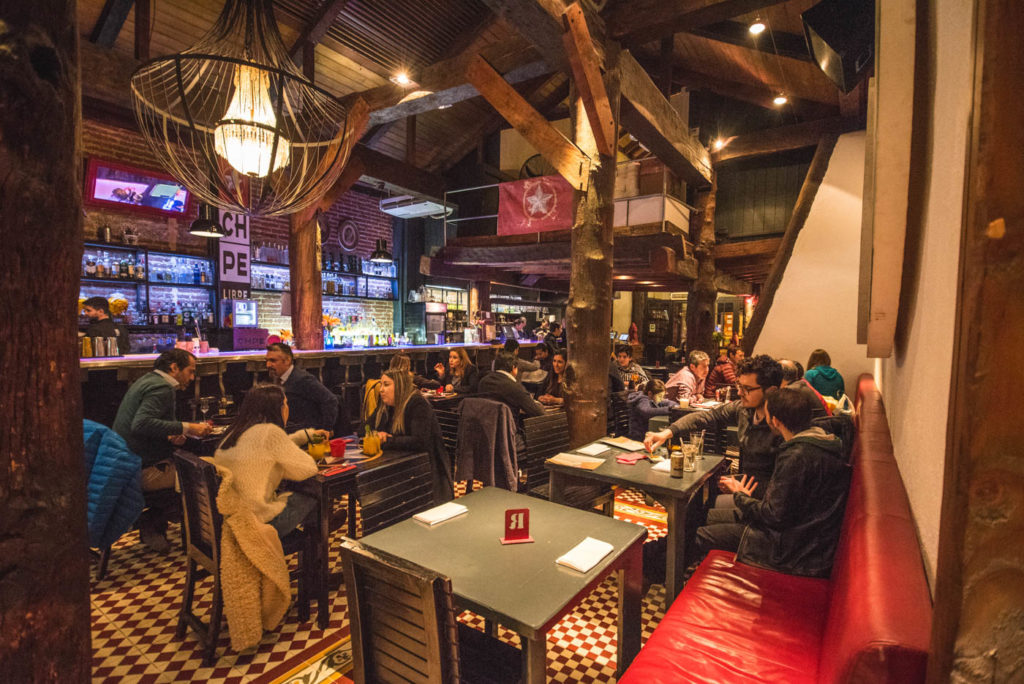
—
Chipe Libre: The Independent Republic of Pisco
José Victorino Lastarria 282
Santiago, Región Metropolitana
As the name suggests, this restaurant and bar is all about the pisco. Pisco, a grape-base distillate that is Chile’s national drink, is most commonly encountered as the base for the pisco sour or piscola (pisco and Coke), the Chilean version of rum and coke. While they do serve up the traditional sour here, the mission at Chipe Libre is to show guests how versatile and multifaceted pisco truly is.
In this temple to pisco, the drink is treated with the kind of deference and attention to detail that is normally paid to fine wine; the bartenders want you to suss out different flavors and smells, and understand how one pisco is different from another. Pisco flights compare aspects of everything from regionality to aging conditions, and are a great way to get your footing before diving into their inventive cocktail menu (I recommend the Sol Atacameno). Much of the food menu is seafood-based and pairs excellently with the pisco, drawing out the rich flavors of Chilean terroir. You will definitely leave a little unsteady on your feet, but with a much greater understanding and appreciation for this lesser-known liqueur.
—
Siete Negronis
Mallinkrodt 180, Providencia
Santiago, Región Metropolitana
Up until recently, the craft cocktail scene has yet to find a foothold here at the bottom of the world, but in cities like Santiago, cocktail bars like Siete Negronis are finally clearing the way for the trend.
The interior is hip but classic; there are edison bulbs with plush red banquettes and exposed brick. As the name implies, the star of the show here are the eponymous seven negronis: seven riffs on the bittersweet Italian classic. The standard Campari-vermouth-gin mix is elevated in acts, with different levels to the taste, textures and sensations. The Pavlov, the first of the seven I sampled, features Tanqueray gin, Martini Rosso, Campari, Aperol, vermouth and bitters served in a coupe glass. But before drinking, the bartender tells me to spoon a dollop of the accompanying negroni and orange marmalade into my mouth. I do so, then take a sip. After the clash of sticky jam with chilled booze, the flavors smooth out, transforming the iconic Campari tang into a mellow slow burn. The whole thing goes down way too fast, and I follow up with a Smoky, which incorporates conifer-infused smoke.
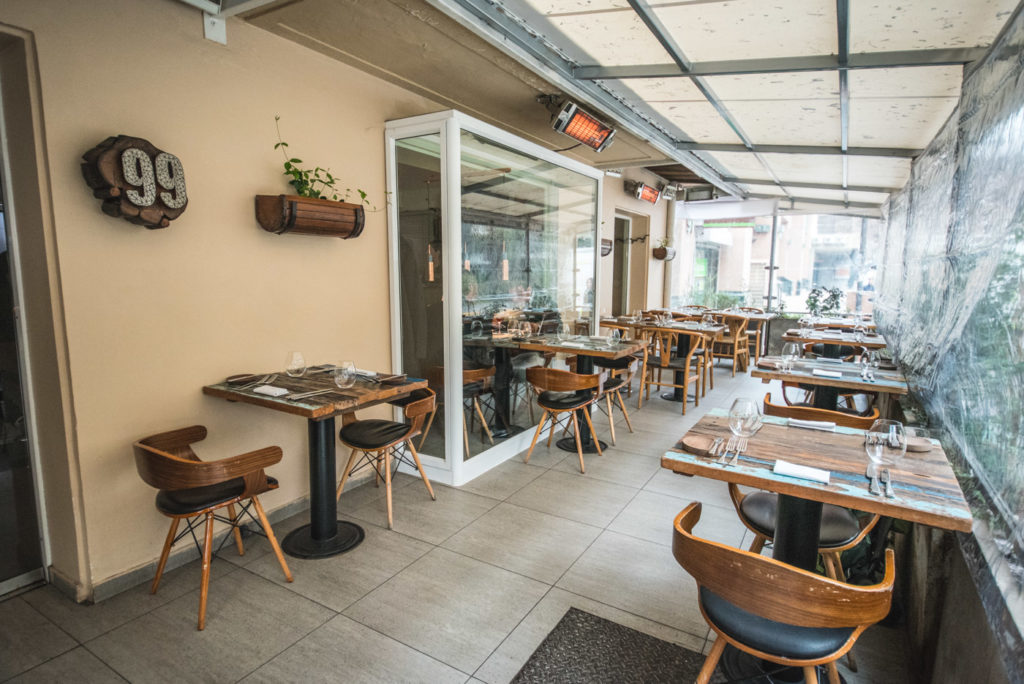
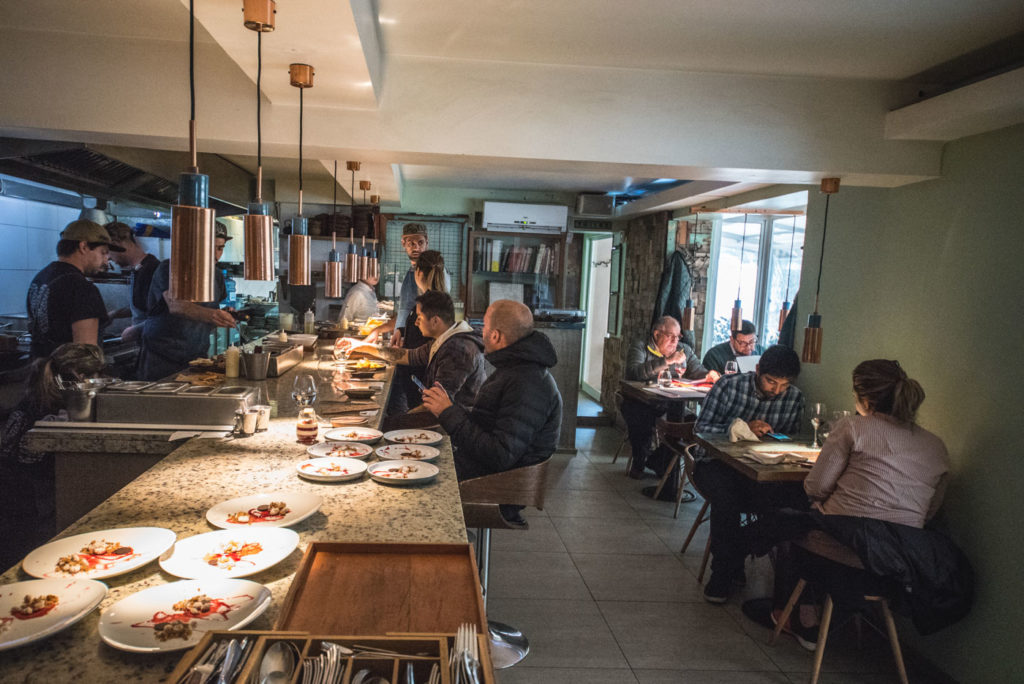
—
99 Restaurante
Andrés de Fuenzalida 99, Providencia
Santiago, Región Metropolitana
Simple but intense, intriguing yet accessible: these are the mantras of this bistronomy staple in the Providencia neighborhood, where what’s in season and available from Chilean soil is transformed into dishes that delight both the eyes and palate. Head chef and owner Kurt Schmidt has serious credentials both in Chile and abroad. Having worked with Rene Redzepi at Noma and Rodolfo Guzman of Borago, he’s brought his knowledge of utilizing only the best, freshest, local ingredients and presenting them in new and original ways. Their signature Mushroom Textures dish is a perfect example of their minimalist style: shiitake oyster, portobello and dark pine mushrooms prepared all different ways for diversity of texture and flavor.
Part of the mission statement of the bistronomy food movement is that it’s fine dining in a casual setting, open to anyone who is curious and willing, and the layout and decor of 99 reflects this as well, with an open kitchen, rough-hewn wooden tables, and upcycled furniture. In the evening, diners choose between a six- or nine-course tasting menu, with optional wine pairing (I’d go with the wine pairing, as 99 sources their wines from small-scale, organic or biodynamic wineries), but if you really want to experience 99 at the height of the kitchen’s creative prowess, book a table for their famous Friday lunches, as street food is put through the ringer and reinterpreted into fine dining fare.

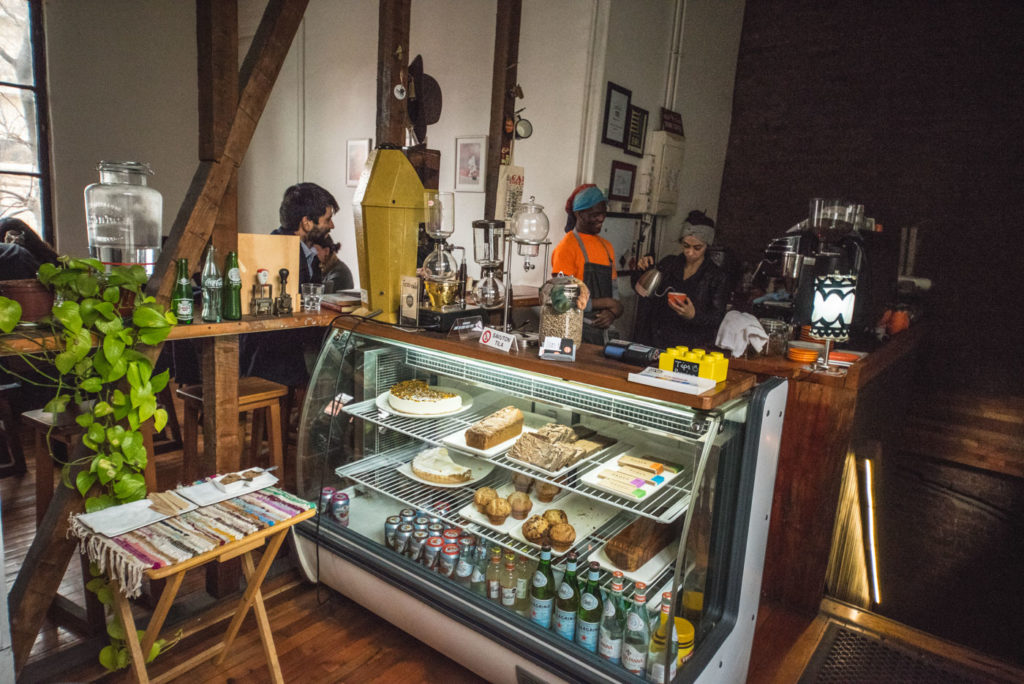
—
Original Green Roasters
Rancagua 040, Providencia, Santiago
Coffee in Chile has come a long way. Despite being on the same continent as coffee-producing behemoths like Colombia, Chileans have long preferred the convenience and low-cost benefits of instant coffee (with Nestle being their poison of choice), and for many years, the only thing that passed for a café in Santiago were café con piernas, at which the quality of the coffee is nothing to write home about.
But in recent years Chileans have finally started to smell the roast and wake up to the virtues of properly prepared coffee, and one of the best places to experience this awakening is at this nondescript but first-rate speciality café. Located on a side street filled with mechanics, rental car lots, and gas stations—aside from the orange-and-white sign—you’d never know that inside this second-story walk-up was one of Santiago’s finest small-batch roasters. Opened in 2012, they source their beans from different countries and origins (on the day I was there, they were serving an incredibly smooth Tanzanian roast that Chemexed like a dream), and roast them on-site, ensuring maximum freshness and flavor. Tasty breakfasts, sandwiches and baked goods accompany the drinks, which are served in chunky orange ceramic mugs that mimic the shop’s signature sign.
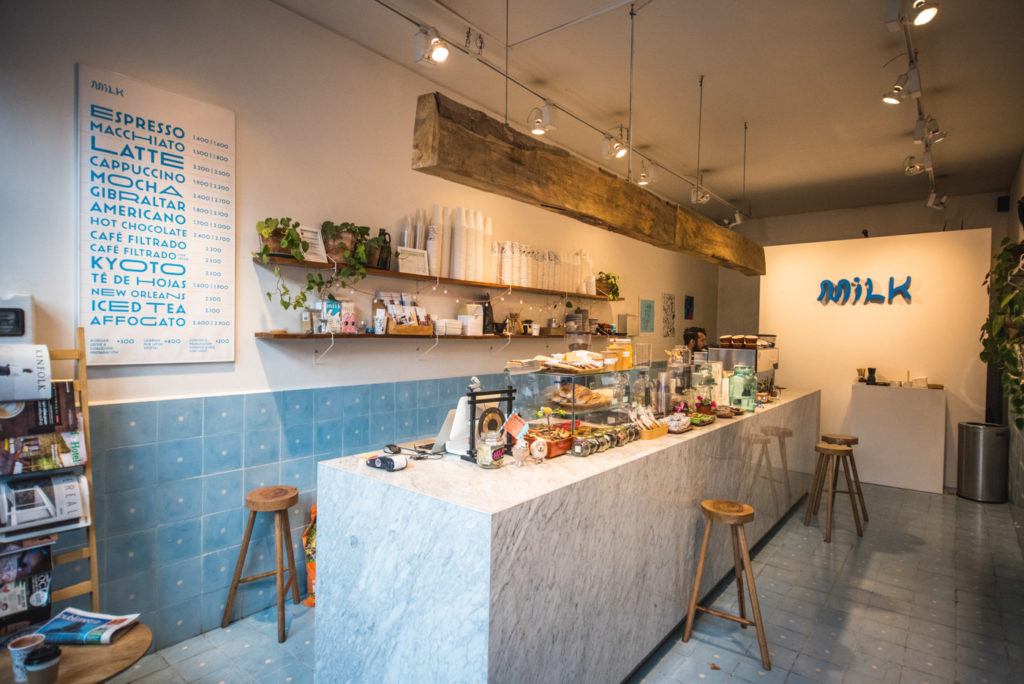

—
Milk Coffee-Bar
El Bosque Norte 22
Las Condes, Santiago
Milk lives up to its name. While they pour excellent drip and filter coffees, where they truly excel are with their steamed milk beverages: cappuccinos, lattes and iced coffees. The New Orleans is their crown jewel, cold-brewed for twelve hours and then mixed with a touch of milk. Using beans roasted by Coffee Culture Coffee Roasters, one of the pioneers for third-wave specialty coffee in Chile, Milk focuses on three specific coffee-growing regions and strains: Rodriguez de Mendoza in Amazonas, Peru; Bruzzi from Minas Gerais in Brazil; and Gavilan from Matagalpa, Nicaragua. Each with their own unique scents and flavors, this honing-in on just a handful of varietals allow the baristas behind the counter to fully know the beans inside and out, producing the perfect cup.
Tucked into a hole in the wall in the “Sanhattan” (Santiago + Manhattan) financial district, the line is often out the door due to minimal seating. But you’ll want to linger over the chic design: baby-blue tiles, a six-meter-long marble counter, quirky polaroids, and odes to coffee greats like Blue Bottle and Intelligentsia on the walls. A treat for the eyes and the tongue, this is one of Santiago’s stand-outs.





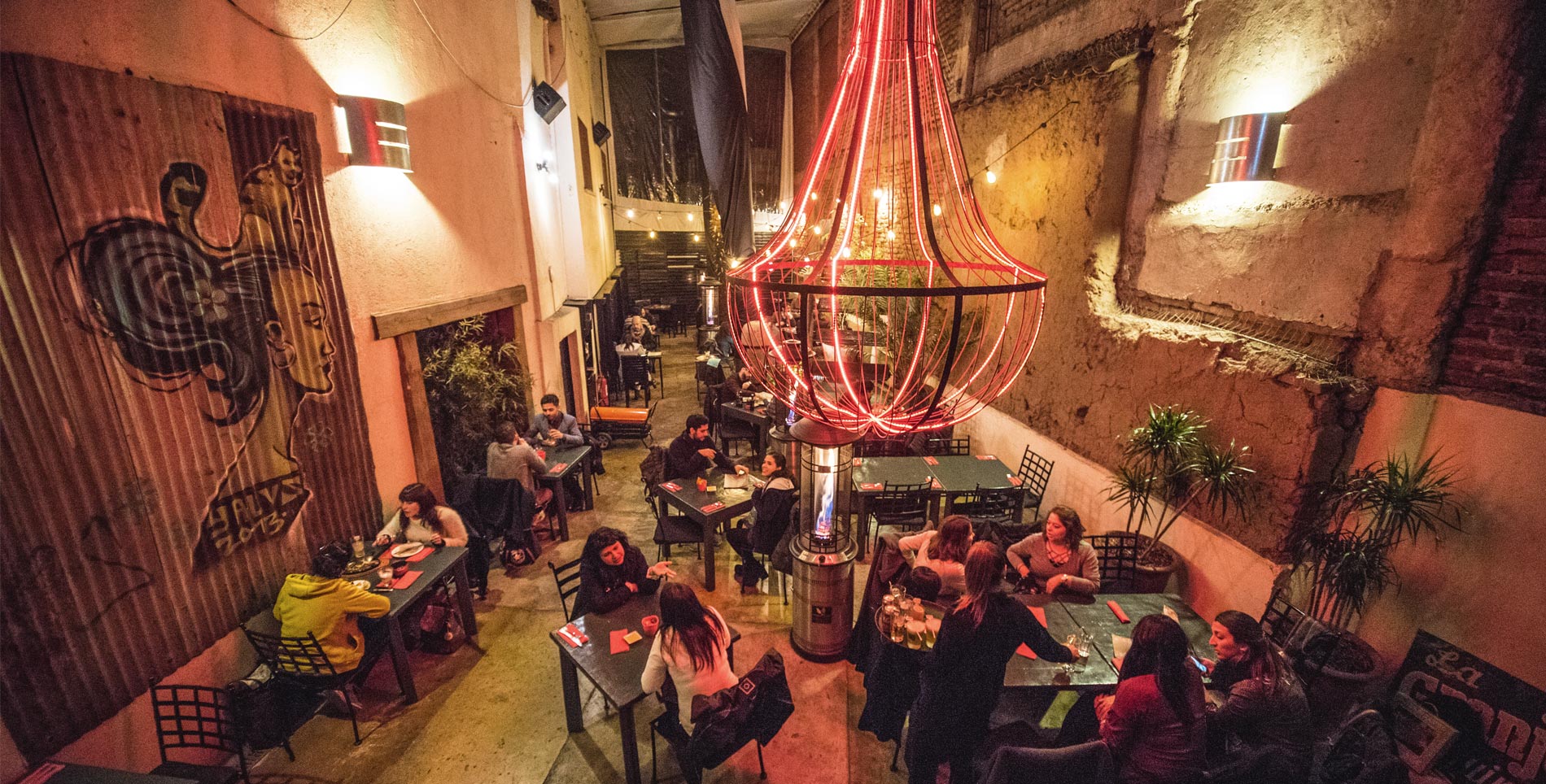

Our comments section is for members only.
Join today to gain exclusive access.